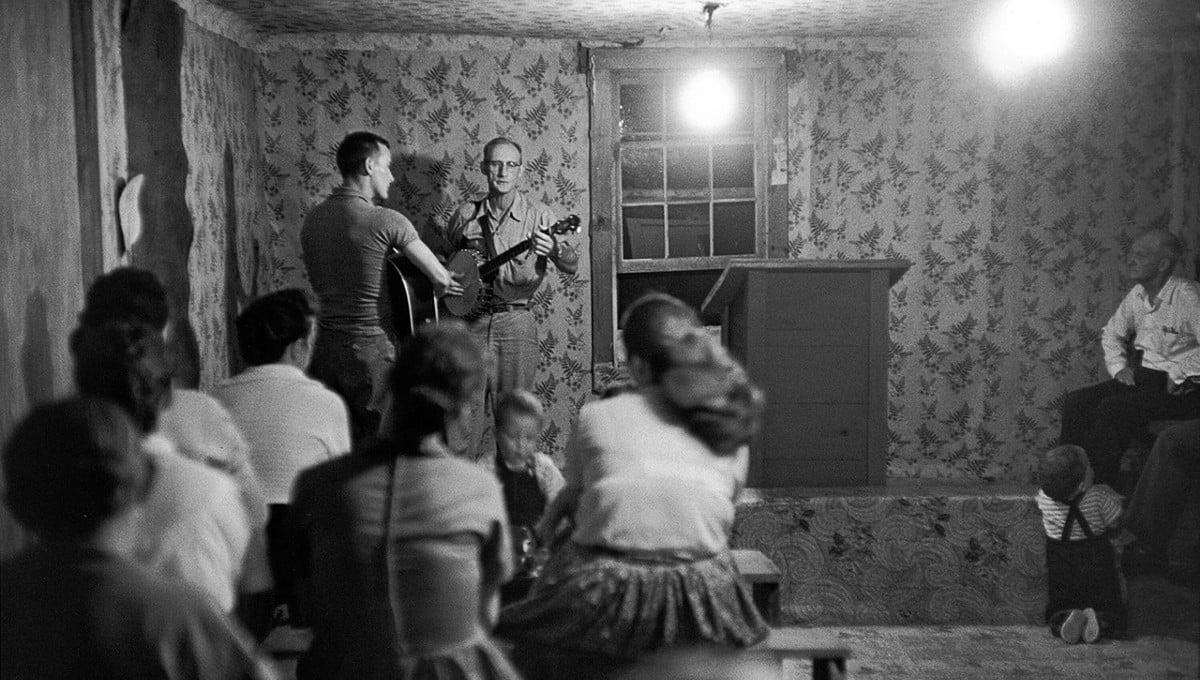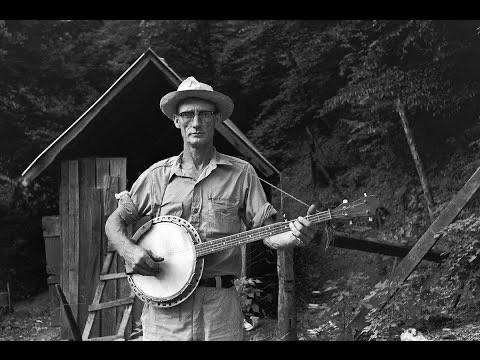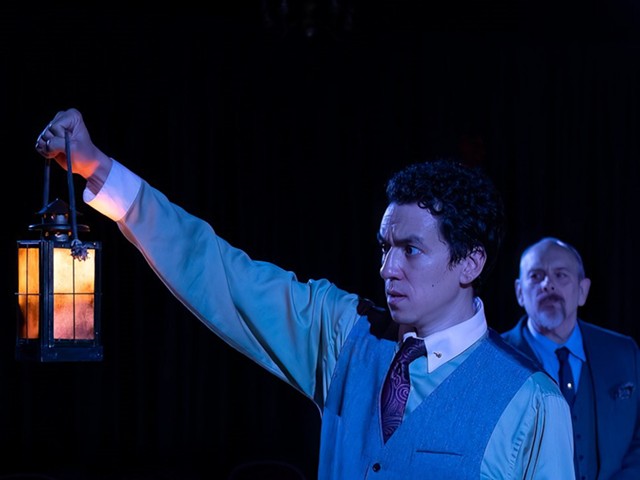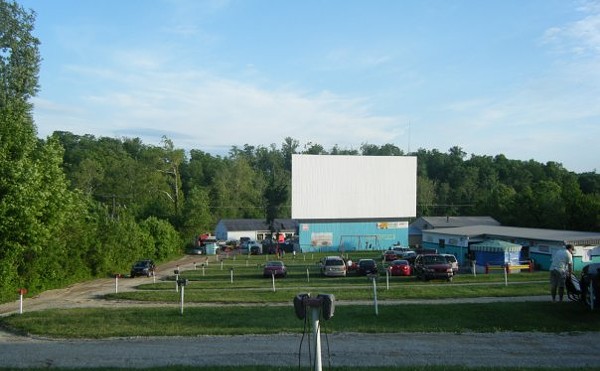The High Lonesome Sound (Screening and Conversation)
Sunday, Oct. 8
FREE Speed Cinema
www.speedmuseum.org/cinema/
In 1959, photographer, musician, and ethnographer John Cohen took a bus from Queens, NY, to eastern Kentucky in search of Depression-era songs. Cohen was part of a long line of city folk, many with ties to New York, who spent their time searching out and documenting rural voices and faces. Alan Lomax, Harry Smith, Art Rosenbaum, Barbara Kopple, and many others were all people fascinated with the stories and culture found in rural America. Many of these seeker documentarians were Jewish, and this common thread is the basis for a Sunday Spotlight screening of “The High Lonesome Sound,” and discussion to follow, led by arts curator and Filson Community History Fellow Nathan Viner.
John Cohen was active in the American folk revival scene, with a front-row seat to many of the giants of the time, from Pete Seeger and Burl Ives to a young Bob Dylan and Joan Baez. His journey south was a mission to get closer to the heart of where this music came from, to recapture some of the spirit of the Depression that gave birth to the songs being played in a city flush with resources and cash. He brought with him a small tape recorder and camera, his experience working with photographer Robert Frank, and the big influence of Walker Evans’ and James Agee’s “Let Us Now Praise Famous Men.”
Upon arrival in Kentucky, he asked all the strangers he met if they could introduce him to any banjo players. Eventually he found 47-year-old Roscoe Holcomb in Daisy, KY, and from there, a worldwide career was born, no matter the consequences for Holcomb or his neighbors. Holcomb, raised in the Old Regular Baptist Church, has a style of playing that is intense and mystical. While there are times that the narration is a tad condescending, the camera itself never is. Cohen captures the culture of mountain religion, and work, as well as the clash between the traditional life and music he sought, and the encroaching outside world through the influence of rock-n-roll on the younger generation.
“The High Lonesome Sound” was not a well-heralded documentary upon arrival. What he brought back from Kentucky didn’t match up neatly with the stereotype people had in mind. Cohen heard feedback from his mentors about how the people on film were not dirty enough. That this film lives on and is now a solid influence on generations of old-time music and documentaries, and its title shorthand for a specific kind of haunting, rich sound that comes out of the mountains is a testament to Cohen’s confidence that he was documenting something authentic.
“Songs Between Others: Jewish Visions of Appalachia” is the title that Viner is giving the overall conversation inspired by Cohen’s trek and the subsequent influence his camera had on Holcomb’s life and notoriety. Also on the panel is Nathan Salsburg, and banjo player Randy Wilson, a fifth-generation Eastern Kentuckian. Wilson retired from the Hindman Settlement School, where he taught Appalachian folk songs, dances, and stories for decades. Salsburg curates the Association for Cultural Equity’s Lomax Digital Archive, which is a free, searchable database that provides complete access to all of Alan Lomax’s post-1946 recordings, photographs, and much of his video work. In addition to being the Filson Historical Society Fellow, Nathan Viner is also currently the Programming Coordinator for the Criterion Channel. The Filson’s Community History Fellowship brings together history advocates from diverse backgrounds and different parts of Louisville to develop history projects that illuminate communities.







